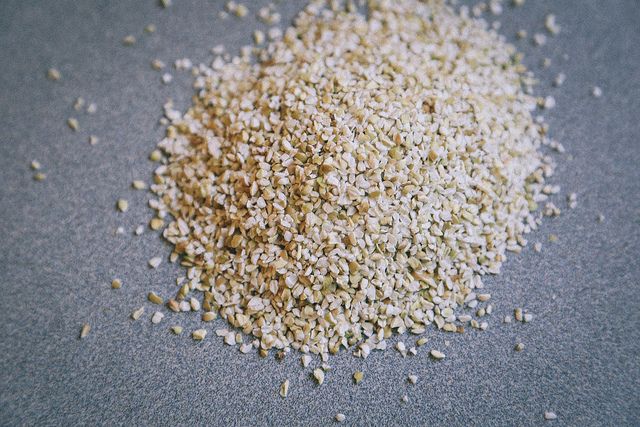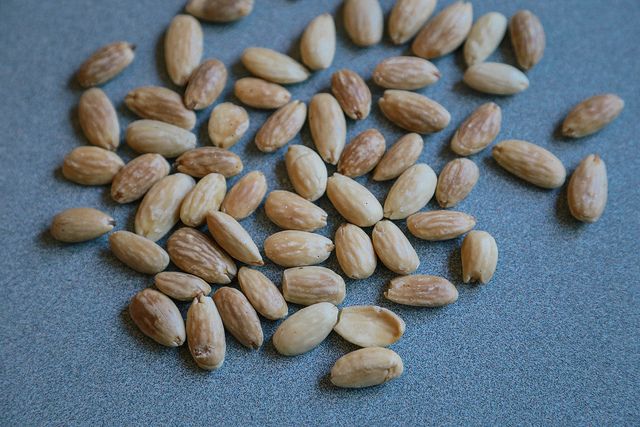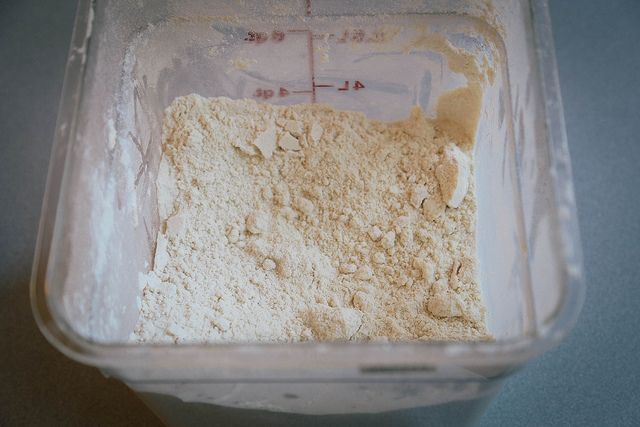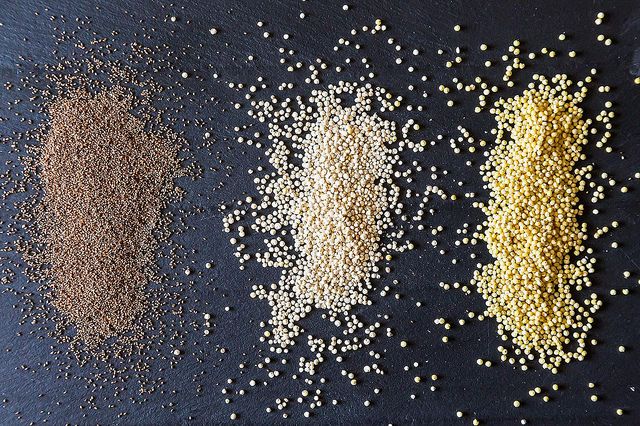Popular on Food52
7 Comments
Frederique M.
February 1, 2019
I have been grain free for a month now and am amazed at what i can bake with just the first two flours I bought! I have made amazing cookies and mug cakes with almond flour, and crackers and a bread called Socca with chickpea flour! I replace my rice with cauliflower rice, my pasta with zoodles or spaghetti squash and at breakfast I have rediscovered hashed potatoes with brussel sprouts (oh YES!) in place of bread with my eggs! I am definately looking forward to finding more recipes that are grain free! Anyone know of a grain free gnochi?
AntoniaJames
August 5, 2013
So happy to see this post. Have you worked with quinoa flakes? Last week, I bought some at my local bulk emporium (The Food Mill in Oakland, 80 years young), with no particular project in mind. Ideas? ;o)
Carly D.
August 5, 2013
Shauna - do you have any experience with coconut flour? I just bought some, because I'm trying to avoid all grains and nuts for a period of time. Thanks for this article!
JenJack
August 5, 2013
Hi Carly,
I'm not Shauna, but I bake grain-free (and nut-free, often) extensively. Coconut flour is very dense, and requires specific additional ingredients to get the results you want. Please see http://realsustenance.com/ and Elana Amsterdam's site (http://www.elanaspantry.com/) for excellent recipes and tips.
Happy baking!
Jennifer
I'm not Shauna, but I bake grain-free (and nut-free, often) extensively. Coconut flour is very dense, and requires specific additional ingredients to get the results you want. Please see http://realsustenance.com/ and Elana Amsterdam's site (http://www.elanaspantry.com/) for excellent recipes and tips.
Happy baking!
Jennifer
Blissful B.
August 13, 2013
I love coconut flour! The main thing to understand is that it's incredibly absorbant. A traditional muffin recipe will have 2 cups of wheat flour and 2 eggs. A coconut flour muffin will have 1/2 cup flour and 6 eggs. Like JenJack says, it's best to start with a coconut flour recipe, until you get used to how it works. Maybe Shauna will make one!! (Hint Hint)





See what other Food52 readers are saying.